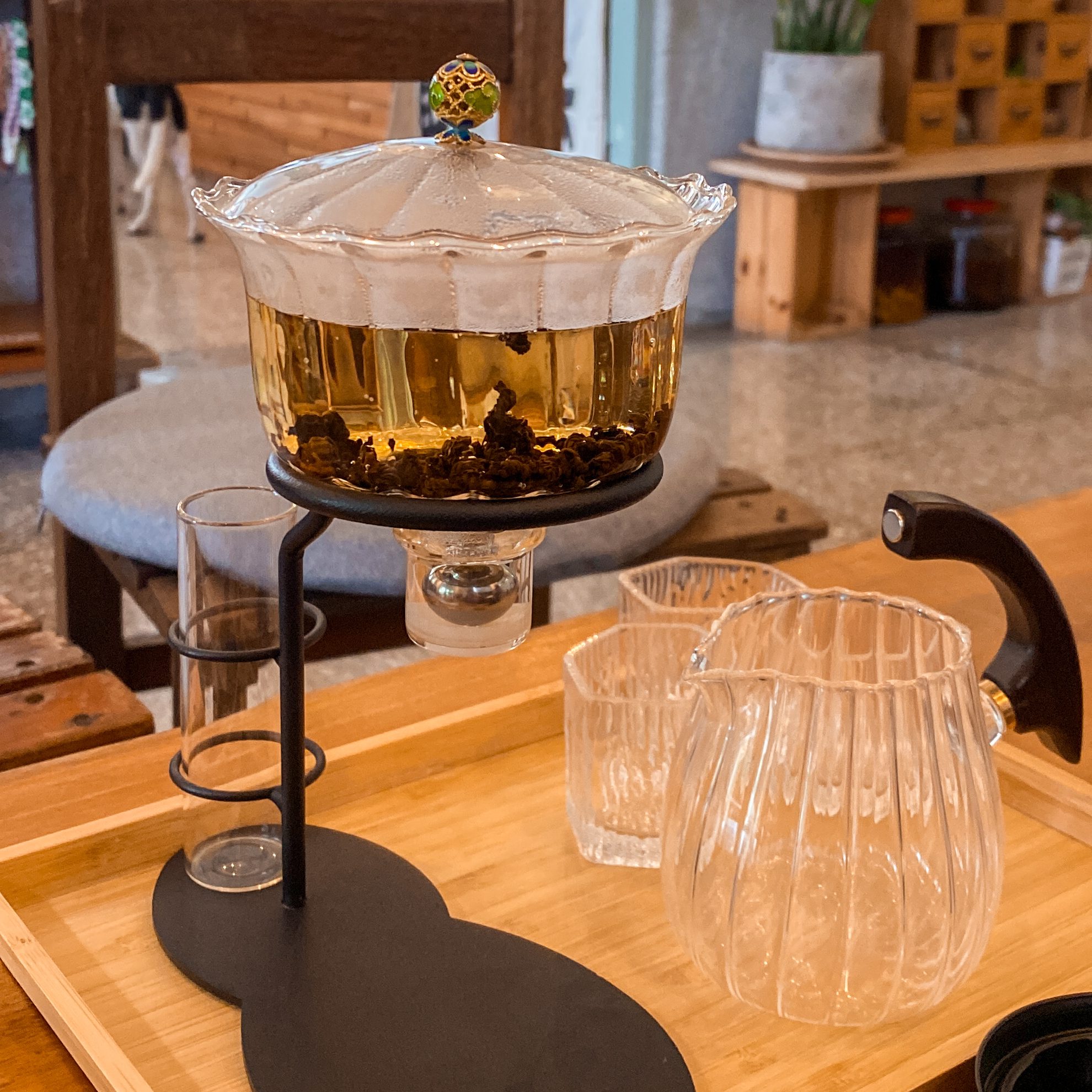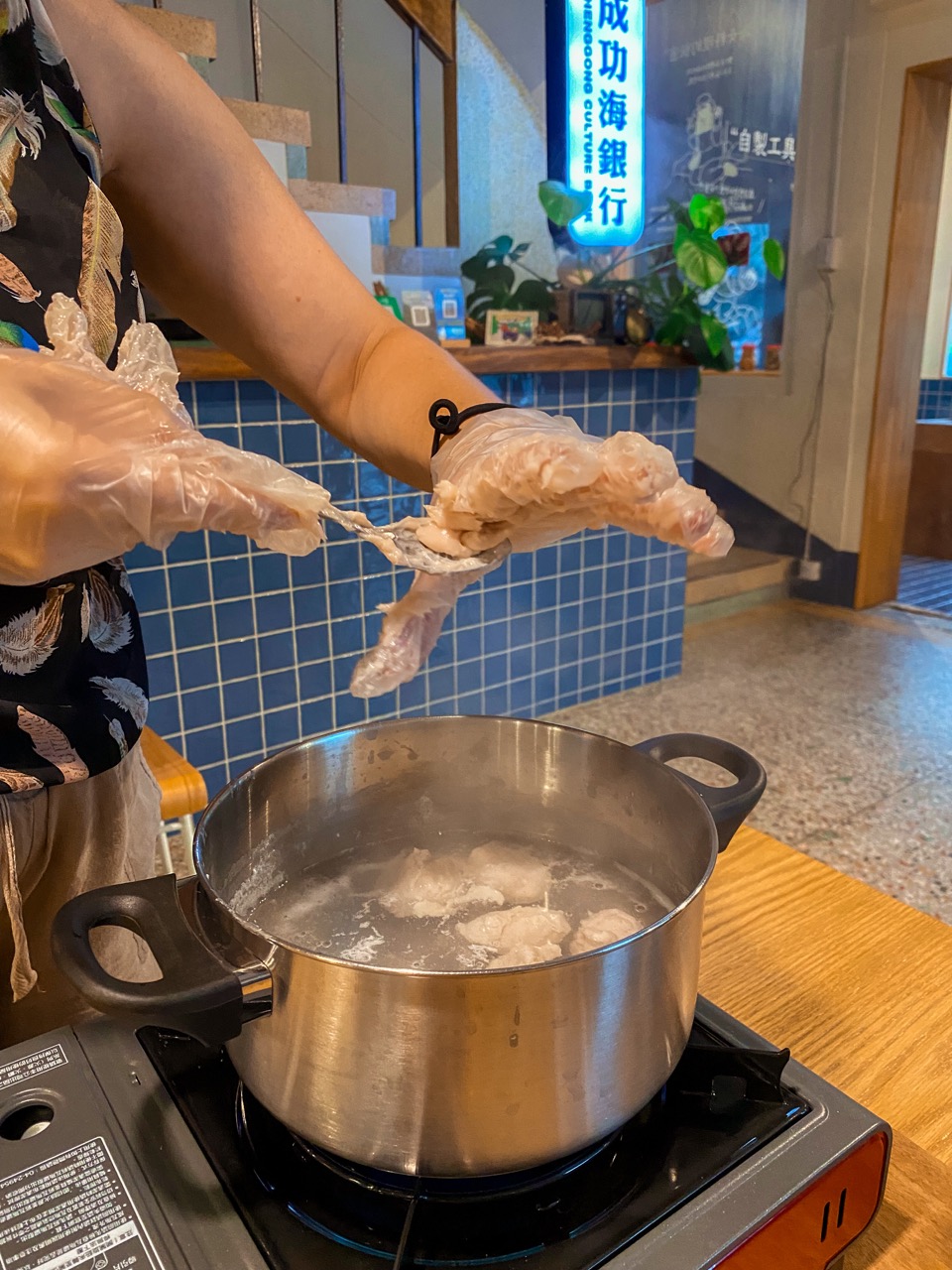Author Cat Thomas
Photographer Jason Chen
Editor Chih Yi Chen
Chenggong is not a particularly picturesque town, and as such many tourists may choose to skip it on their travels down the scenic east coast. However, bear in mind that this small township so captured the heart of a former Japanese administrator that he chose to quit his well-appointed position entirely rather than accept a promotion that would force him to move on. Indeed, he spent the rest of his years there. Perhaps, then, it is worth taking some time to understand why. On this backpacking trip, my friend and I decided not to simply chase the scenic coastline, but to delve deeper into the history and culture of this little town. This exploration undoubtedly added more meaning to our journey. We used the ”Unlocking the Fishmonger’s Secrets” app developed by the Chenggong Cultural Bank to guide us through the local stories of Chenggong Township. The app provided detailed background stories, historical events, and local customs, helping us better understand both the past and present of this small township.

The main industry remains, as in the colonial period, fishing. The Changing of yore had such plentiful catches that people moved over from Japan to set up their livelihood as marlin fishermen. That era has faded, but it is still one of Taiwan’s most important ports, not least because harpoon spearfishing is still practiced here, which is an altogether more sustainable practice as opposed to other methods.
For the modern day visitor the main attraction lies in experiencing the fish auction, which starts at midday every day but Sunday, and the chance to enjoy some super fresh sashimi, just yards from where the catch has been brought to shore. While bidding in the market is reserved for licensed buyers, visitors are free to mingle and observe the process.

The market floor is mainly divided into two sections: the big fish area and the small fish area. The big fish area is further divided into a frozen section and a fresh section.The boats are usually still pulling up dropping off their catch in the late morning and laying them out in the appropriate section ready for the start of the auction at midday. For the mid and larger sizes alongside the various billfish (marlin and swordfish) you’ll find yellow fin tuna, mahi-mahi and shark (no part of the shark gets wasted in Taiwan, and shark meat is a popular dish).
Pre-auction the buyers wander around using a tool to pierce the flesh of the larger fish (except the tuna) and extract a small chunk to check the quality of the meat. The auction is exceptionally orderly. The auctioneer blows a whistle to signal that they are ready to start and then moves along the sections, largest to smallest, stopping by each fish and first mention the closing prices for the previous day’s catch.

The auctioneer starts at the high price, gradually lowering it until a bidder bites. The bids are largely conveyed by small nods or hand signals as the auctioneer steadily raises the price in increments. The auction is conducted in Taiwanese at a steady patter. Once the final price is reached and called out three times, the clerk notes down the price, adds the buyer’s stamp to the page and the buyer throws a paper label on the fish to signify ownership. In many cases the fish is then hooked and dragged away by hand.
Among the bidders you may notice a petite lady with a tidy gray crop cut. This is Teacher Peng, a former elementary school teacher who took over the family sashimi stand, Wan Chang Fishmongers(丸昌漁行), with her sister after their father passed away. On our visit we were listening to the recording she made about the fish auction, which is packed with details on the various fish and how to assess their quality, the auction procedure, and fishing methods.

It’s possible to visit her stand in the local market and purchase both sashimi and other types of fish and pet their friendly cats. Or, of course, you can also go to one of the restaurants alongside the harbor to enjoy a meal.
Be aware that it’s a port, so wear appropriate nonslip footwear, and expect that your shoes may get splashed with fishy water, but these slight downsides are worth it to understand more fully understand where the sashimi you enjoy comes from. Those with younger kids in tow may find that the nearby Marine Environmental Classroom is a better fit, since first and foremost the port and auction is a work environment.

In Chenggong, fishing is god, literally. A temple near the port has gone as far as to ordain a marlin as a god, with the permission of the temple god, Wanshanye. After a poor fishing season in 2000, the temple guardian sought guidance from Wanshanye. The catch revived and in gratitude they built a 3.6m long, 200kg wooden blue carved marlin— Taiwan’s only Marlin God. Fishermen rub the tail and belly for luck before they set sail, and the Marlin God is paraded around the town each lantern festival.
Afterwards we headed up to the former residence of the aforementioned Japanese governor, Sugamiya Katsutarou(菅宮勝太郎), and found a well restored two-story Japanese building that is perfectly pleasant to wander around.The building was badly damaged by a typhoon while under the care of the Presbyterian church next door, which later restored and reopened it in 2022.

Be sure to keep an eye out for the plaque in the rafters of the master bedroom, placed there to ward off bad luck by the original architects. The venue invites two artists a month to be residents and create displays. But while the heritage building may hold interest for many the real winner here is the drinks in the tea/coffee shop, Tiao Gang(眺港咖啡).

After Katsutarou died, the complex was used as a clinic staffed by a locally beloved doctor. There’s still signage from the clinic around and the coffee shop embraces this past both through the décor and drinks menu. They are lots of antique trinkets, small objects d’art, including works by former artists in residence, with some items for sale. The vibe is relaxed and quite classy, and its common to find the current artists in residence hanging out in the shop.
On our visit the two were quietly sitting painting local landscapes at the tables. There are teas and coffees blended with herbal medicine, that are certainly rather unusual, such as herbal latte (latte with joji) and divine Americano (Americano with roselle). We tried a chilled tea made with red oolong tea, fragrant marigold, and the Sichuan peppercorns. We also enjoyed a pot of hot Luye Red Oolong tea, which is a Taitung specialty.
It’s also possible to participate in a cooking class at the Chenggong Cultural Bank(成功海銀行) set in an old Land Bank building. Participants learn how to make fish floss and fishballs. Even if fish floss doesn’t sound appealing, there’s a certain pleasure to be extracted from learning how to create this Taiwan classic. Once you’ve made the floss, you form a fantuan (sticky rice ball) filled with the floss, wrap it in a leaf, and top it with local bonito flakes.

Making the fish balls is fairly straightforward, since the paste is premixed by the local sashimi stand from that morning’s catch. However, it is undeniably satisfying to partake in the light bonito soup with self-made fishballs. If you’re not a fan of the texture of fish floss, at least you’ll get a lovely photo of your fantuan styled on a fancy plate to show off to your friends.


Overall Chenggong has a surprisingly complex history, with the culture created by various influxes of Amis, Japanese, Taiwanese mainland, and Green Island residents over the years. It’s an excellent place to understand more about the way these influences interplay in Taiwan, enjoy the freshest of sashimi, and relax in the slow pace of local life. Perhaps then, one can begin to understand why Katsutarou choose to remain living here with his master bedroom overlooking the Pacific until the end of his days.












